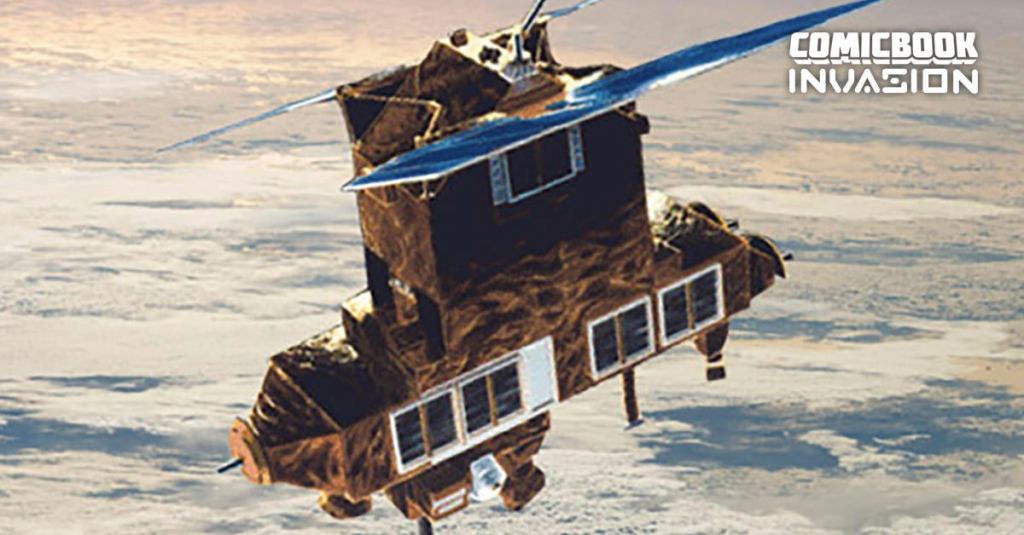Days after NASA announced its Earth Radiation Budget Satellite (ERBS) was set to reenter the Earth’s atmosphere, the celestial object safely burned up upon reentry. While officials suspected much of the satellite was going to disintegrate upon reentry, NASA did say some pieces could make it back to the surface with a 1 in 9,400 chance on injuring somebody.
Videos by ComicBook.com
Now, the United States Department of Defense says the satellite reentered the atmosphere above the Bering Sea off the coast of Alaska late Sunday night. Since then, no pieces have been recovered and no injuries have been reported.
ERBS was launched in 1984 aboard the Space Shuttle Challenger and was expected to last just two years. The craft continued gather data for over the next two deades before being deactivated by NASA in 2005.
“ERBS far exceeded its expected two-year service life, operating until its retirement in 2005. Its observations helped researchers measure the effects of human activities on Earth’s radiation balance. NASA has continued to build on the success of the ERBE mission with projects including the current Clouds and the Earth’s Radiant Energy System (CERES) suite of satellite instruments,” NASA said in a press release.
It added, “The Stratospheric Aerosol and Gas Experiment II (SAGE II) on the ERBS made stratospheric measurements. SAGE II collected important data that confirmed the ozone layer was declining on a global scale. That data helped shape the international Montreal Protocol Agreement, resulting in a dramatic decrease around the globe in the use of ozone-destroying chlorofluorocarbons. Today, SAGE III on the International Space Station collects data on the health of the ozone layer.”
For additional space and cosmic stories, check out our ComicBook Invasion hub here.









